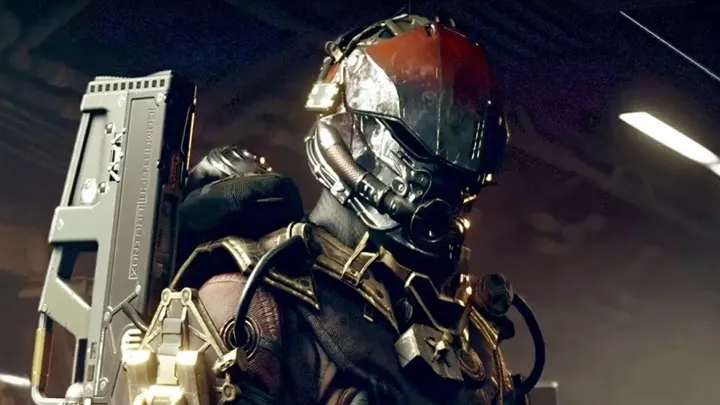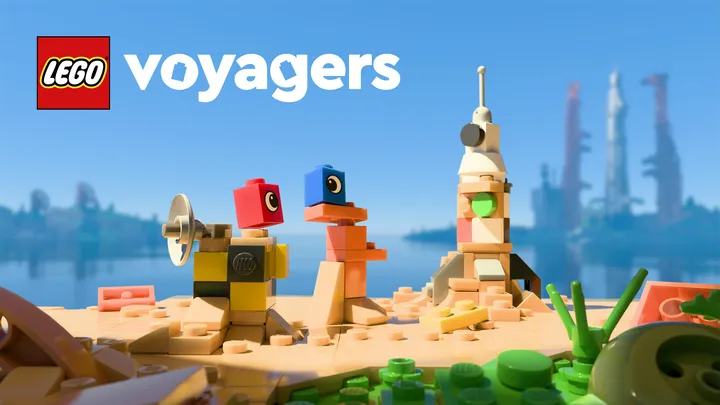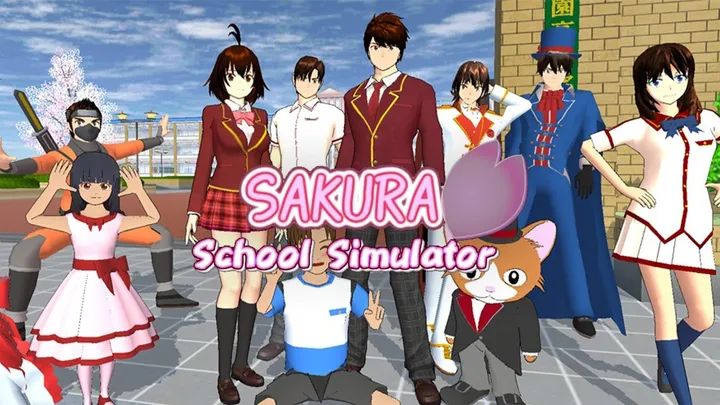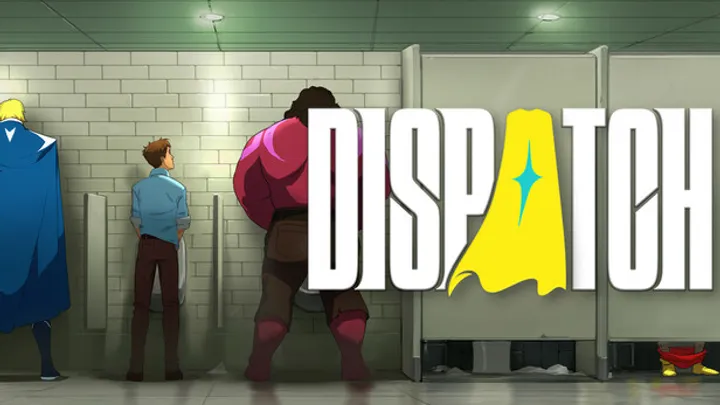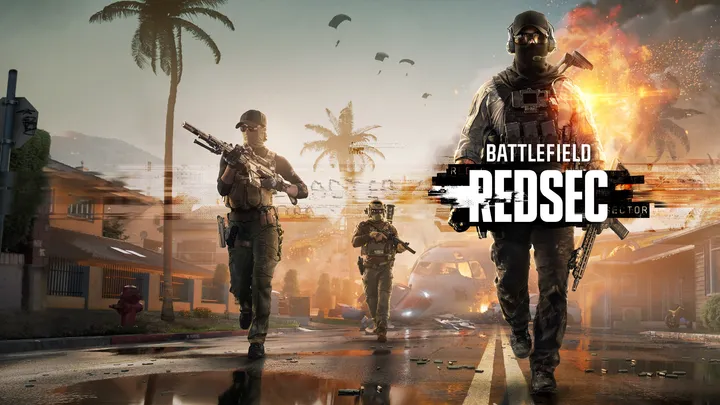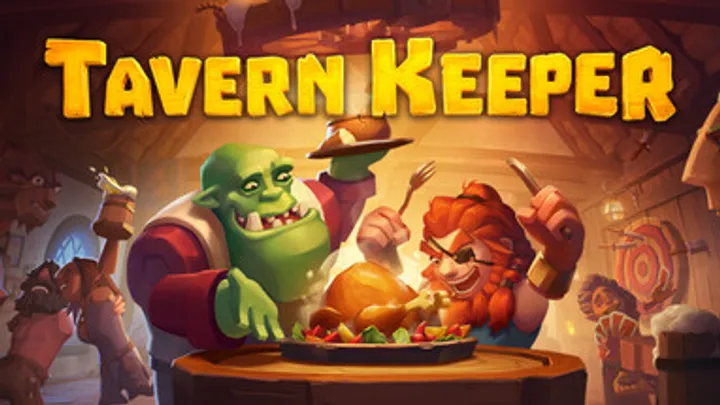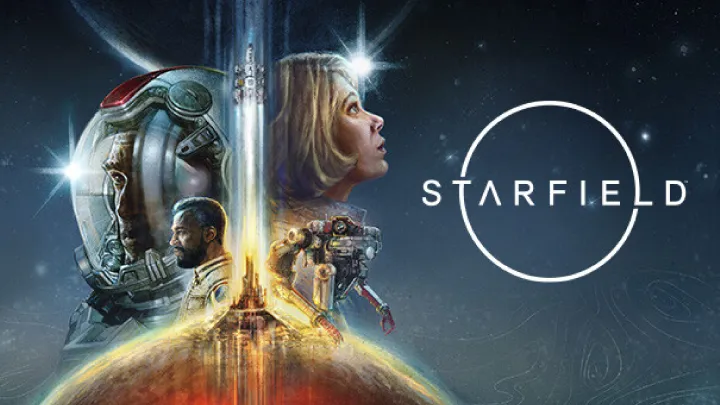
Introduction
Marvel’s Midnight Suns, developed by Firaxis Games, merges the beloved superhero universe with strategic RPG elements, creating a unique narrative-driven experience. In the game, players step into the shoes of the Hunter, a customizable character who leads a diverse roster of Marvel heroes against dark forces. One of the standout aspects of Midnight Suns is its intricate character development and relationship dynamics, which significantly impact both gameplay and narrative. This article delves deeply into how the game explores interpersonal relationships, the ramifications of player choices, and the evolution of characters through the lens of camaraderie and conflict.
The Narrative Context: Grounded in the Marvel Universe
Establishing the Storyline
At the heart of Midnight Suns is a narrative that blends mystical elements with superhero lore. Players engage with familiar characters like Blade, Iron Man, and Wolverine, who come together to combat supernatural threats led by the demonic Lilith. The game is steeped in rich lore, allowing players to explore the depths of Marvel’s darker narratives, including concepts from the Midnight Sons comic series.
Themes of Good vs. Evil
The central conflict revolves around the eternal struggle against evil forces, incentivized by Lilith’s desire to envelop the world in darkness. The game invites players to reflect not only on external moral questions concerning good versus evil but also on internal struggles faced by characters grappling with their pasts and relationships.
Core Narrative Elements
- The Hunter’s Awakening: As the first playable character crafted by the player, the Hunter's unique background creates an emotional hook that anchors the story.
- The Role of the Midnight Suns: This team of diverse heroes represents the moral complexities inherent in battles against supernatural threats.
- Quality of Interpersonal Relationships: The narratives emphasize personal connections, highlighting how relationships influence character growth and decision-making.
Setting the Stage for Character Interactions
As players navigate this intricately woven narrative, character interactions become a driving force of engagement. The tone is not merely about conquering foes; it’s also about understanding each hero’s complexities, past grievances, and the bonds that unite them against a common enemy.
The Importance of Choices in Character Development
Player Agency and Interaction
One of the game’s most compelling mechanics is the player’s ability to forge relationships with heroes through choices made during dialogue and interactions. These decisions affect not only the narrative's direction but also the bonds between characters.
The Emotional Weight of Decisions
The weight of your choices is palpable throughout the game. Players quickly learn that seemingly small interactions can lead to significant changes in how characters perceive one another and, ultimately, how they perform in combat.
Examples of Decision-Making Scenarios
- Choosing Dialogue Options: Selecting statements during conversations with heroes directly impacts relationship status and trust levels.
- Engaging in Activities: Spending time with characters in various activities (training, socializing, etc.) can enhance relationships, unlocking powerful combat bonuses and unique storylines.
- Altering Outcomes: Critical moments that may involve saving a character from danger hinge on relationship dynamics, forcing players to weigh their decisions carefully.
The Ripple Effect of Choices
The consequences of relationship-building extend beyond mere character dynamics. The Hunter’s progression is intertwined with the friendships formed, influencing combat strategies that can turn the tide in battles against Lilith’s forces.
Character Arcs: Growth through Conflict
Internal Struggles and Redemptive Arcs
Each hero in Midnight Suns comes with their own internal conflicts, making them relatable and multidimensional. As players engage with them, the narrative delves into their pasts, fears, and vulnerabilities, leading to compelling redemptive arcs.
Notable Character Developments
- Blade: Initially presented as a lone wolf with deep-seated trauma, Blade’s interactions with the Hunter and other heroes highlight his vulnerabilities, moving him toward camaraderie and self-acceptance.
- Wolverine: As a character defined by loss and rage, Wolverine’s developmental arc offers glimpses of his struggles while demonstrating growth through team dynamics with other heroes.
- Ghost Rider: The duality of his identity presents themes of sacrifice and loss, driving him to confront his guilt through interactions with the Hunter and other members of the Midnight Suns.
The Balance of Personal Growth and Team Dynamics
The interplay between individual character development and team dynamics adds a rich layer to the narrative. Each hero’s journey reflects the impact of relationships, emphasizing that collaboration and conflict are essential to growth.
Thematic Highlights of Growth
- Facing Fears Together: Characters often confront their darkest fears and regrets with the support of their teammates, highlighting the strength found in unity.
- Overcoming Personal Demons: Through trials faced alongside the Hunter, heroes grapple with their personal demons, leading to transformative experiences.
- Growth in Vulnerability: The themes of vulnerability underscore the necessity of emotional openness, developing deeper connections among the heroes to build a resilient team.
Relationship Mechanics: Building Bonds
The Social Hub: The Abbey
At the heart of relationship dynamics in Midnight Suns lies the Abbey, the game’s central hub. This sacred space allows players to explore, upgrade, and, most importantly, interact with heroes in a more profound way.
Activities and Relationship Building
In the Abbey, players engage in various activities that promote relationship-building with team members. These interactions serve as pivotal moments in the narrative, allowing players to witness growth and change.
Key Activities in the Abbey
- Training Sessions: Coordinated encounter scenarios allow characters to learn from one another, strengthening personal bonds and mutual respect.
- Social Hangouts: Engaging in casual conversations or activities fosters friendships that contribute both to story progression and character abilities.
- Missions Together: Collaborating on missions strengthens relationships and solidifies the importance of teamwork against common threats.
Impact of Relationship Levels on Gameplay
As players develop relationships, they unlock unique combat synergy bonuses. The deeper the connection, the more potent the advantages in combat, further incentivizing players to nurture these bonds.
Trust and Loyalty: The Emotional Stakes of Relationships
The Impact of Trust Levels
In Midnight Suns, trust levels significantly dictate the quality of relationships and their outcomes. Characters become more effective allies as trust builds, resulting in unique narrative arcs that reflect their evolving perception of the Hunter.
Moments of Betrayal and Redemption
The narrative explores moments of betrayal and redemption among characters, heightening emotional stakes. This approach creates tension that resonates deeply throughout the game, emphasizing the fragility of relationships.
Key Scenarios Affecting Trust
- Decision Points: Critical choices where players must decide whether to support a character's risky plan or adopt a more cautious approach can significantly affect trust levels.
- Rescue Missions: Failing to save a character in harm’s way due to a lack of trust can lead to permanent damage to relationships.
- Revelations of Secrets: Characters’ past decisions and secrets can come to light, shifting trust dynamics and complicating their relationships with the Hunter.
Loyalty as a Driving Force
Developing loyalty among characters enhances teamwork, making cooperative strategies more viable in combat scenarios. The emotional investment fosters attachment, making players more engaged with the outcomes of their chosen heroes.
Consequences of Character Dynamics on Combat
Integrating Relationships into Combat Mechanics
Combat gameplay in Midnight Suns is designed not only around strategy but also on the relationships established during the narrative. The synergy between characters creates dynamic gameplay opportunities that resonate with the emotional stakes of interpersonal bonds.
Team Synergy and Strategic Value
As characters grow closer and trust each other, they gain special abilities that modulate the effectiveness of their skills in battle. This bond-driven combat elevates strategic depth, enhancing the gameplay experience beyond mere character stats.
Key Features of Combat Synergy
- Teamwork Bonuses: As players build stronger relationships, they unlock teamwork bonuses that amplify damage and defensive capabilities.
- Synergy Attacks: Special moves that can only be performed when certain characters are paired together become available, revealing the strategic layers of party dynamics.
- Tactical Flexibility: Players can craft strategies based on character combinations, offering a diverse range of approaches that transcend individual capabilities.
Adaptability and Change in Combat Dynamics
The ongoing evolution of character dynamics means that as players progress, they must adapt their combat strategies to leverage strengths and exploit weaknesses. This adaptability is crucial for overcoming challenges posed by increasingly difficult enemies and bosses.
The Influence of Story Arcs on Character Relationships
Game Progression and Character Development
Throughout the journey in Midnight Suns, main story arcs and side quests provide opportunities for characters to interact and evolve. These encounters are crucial for deepening relationships and affecting character arcs significantly.
Emotional Resonance of Story Arcs
Players become invested not only in the overarching narrative but also in individual character stories. Emotional highs and lows woven into the storylines serve as the backbone for character connections, influenced by the Hunter's choices.
Examples of Story-Driven Interactions
- Confronting Past Traumas: Missions that require characters to face their troubled histories allow for cathartic moments, promoting healing through teamwork.
- Forging New Alliances: Events that bring characters together for the first time can lead to unexpected chemistry, fostering new relationships and dynamics.
- Evolving Rivalries: Characters may develop rivalries based on past grievances or competing ideologies, fueling animosity that can either weaken or strengthen team cohesion.
Building a Cohesive Narrative
The interplay of character arcs within the larger narrative ensures that players feel the weight of their decisions. Building and breaking relationships resonates throughout the gameplay, creating a sense of importance attached to each interaction.
The Future After Midnight Suns: Potential for Growth
The Legacy of Character Development
Since its release, Midnight Suns has left a significant mark on the intersection of narrative and gameplay in superhero genres. The exploration of character dynamics fosters a deep emotional connection, transitioning traditional storytelling into a more immersive experience.
Opportunities for Expansion
Future content iterations or sequels could expand the themes of relationship dynamics and character development further. Introducing new characters, narratives, and relationships would enrich the ongoing journey players have with their heroes.
Potential Growth Areas
- Expanded Lore Exploration: Introducing missions that delve deeper into lesser-known characters’ backgrounds could provide fresh narrative avenues.
- Unique Character Episodes: Standalone story arcs focusing on individual heroes could offer new gameplay mechanics and narrative depth.
- Incorporation of Player Feedback: Future updates could refine existing relationship mechanics based on community input, ensuring continued engagement.
The Lasting Impact of Interpersonal Narratives
As games increasingly leverage emotional storytelling, Midnight Suns sets a precedent for integrating complex character dynamics within gameplay. The emotional bonds established throughout enhance player investment, underscoring the potential to build richer, more relatable experiences.
Conclusion: The Heart of Midnight Suns
Marvel’s Midnight Suns masterfully intertwines character development, relationship dynamics, and narrative depth into a compelling gameplay experience. The game highlights the importance of interpersonal connections, allowing players to navigate moral choices and emotional stakes that profoundly impact both characters and gameplay.
The role of trust, loyalty, and personal growth in relationships culminate in a rich tapestry that elevates Midnight Suns beyond a traditional superhero game. By delving deeply into characters’ pasts and engaging with their complexities, players find themselves not just battling dark forces but also delving into the heart of what it means to connect and grow.
As the legacy of Midnight Suns continues to evolve, the themes of character relationships and emotional depth remain central, establishing a powerful narrative that champions both heroics and humanity within the superhero genre.